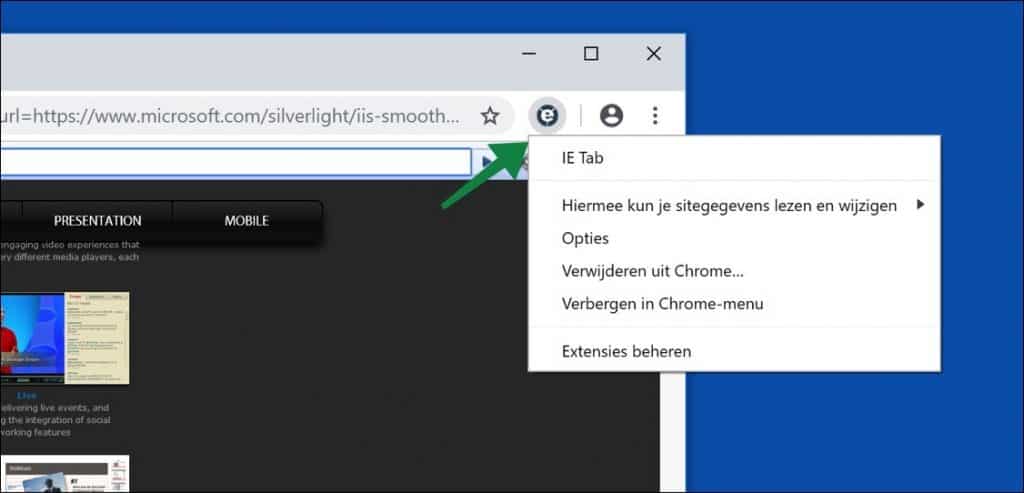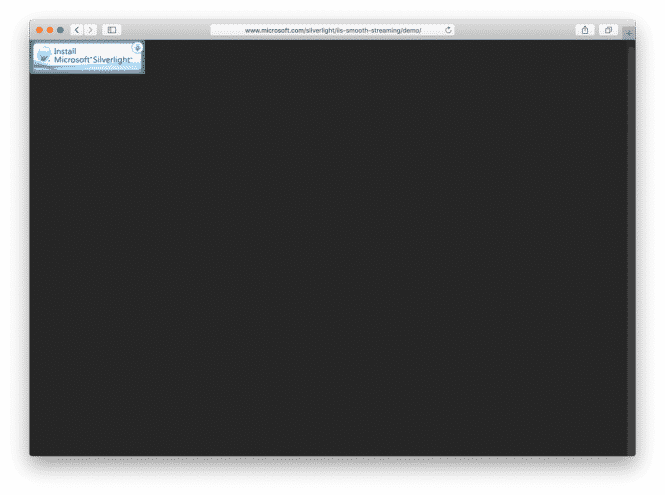

Today we can say that it seems like Google staff kept their words, since NPAPI support has been effectively disabled. The issue was raised again in november 2014 in another article containing a discontinuity roadmap which will be fullfilled during the following months. Let's face it, we've seen it coming: the plan of killing Netscape Plug-in Application Programming Interface ( NPAPI) support from Google Chrome is well known since 2013, as per this post in the Chromium blog. The new interfaces are built upon Google Cloud Messaging (GSM) framework, the notification service used by Android for mobile devices since years. If you're worried about that you might be happy to read the official Google statement where they guarrantee that the user will always have the chance to say "no thanks" up front and also turn the switch off at a later time. This is a massive change in the standard service-user web-based interaction pattern and that's the reason behind the huge number of concerns regarding privacy & security issues rising up these days.

Version 42 of Google Chrome introduces a couple of new standards in push notifications (namely Push API e Notifications API) which allows web sites and services to page-message their users even if they're not browsing the web site anymore. Let's see what's the matter and how we can deal with that. We're talking about Smart Notifications and, most importantly, the dreaded, highly anticipated NPAPI plugin shutdown which affects a huge number of client-side web applications based on Java and Silverlight client-side environments. With the release of version 42 of the browser Google Chrome 42, the worldwide-known Mountain View giant introduced a bunch of new features that have generated many discussions during the latest two weeks.


 0 kommentar(er)
0 kommentar(er)
